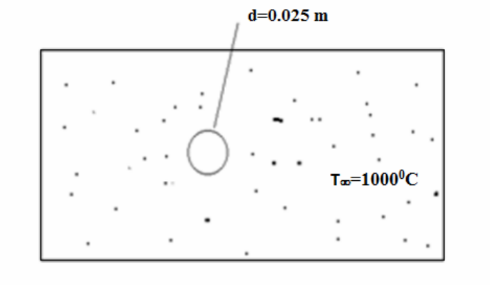Current: A total of 2.0 × 1013 electrons pass a given point in a wire in 15 s. What is the current in the wire? (e = 1.60 × 10-19 C)
A. 1.3 mA
B. 1.3 A
C. 0.21 ?A
D. 3.2 ?A
Answer: C
You might also like to view...
What is the power rating of a device that draws 0.8 A when connected to 120 V?
A) 12 W B) 15 W C) 60 W D) 96 W E) 120 W
Which of the following statements is NOT correct about Bose-Einstein condensation?
An iPod uses 3.7 volts with direct current of 865 milliamps. What is the equivalent resistance of the entire iPod system?
A. 3200 ohms B. 1 ohm C. 8.4 ohms D. 4.3 ohms
Surface hardening of metallic machine components, such as ball and roller bearings, is carried out in a heat treatment process where the surface temperature is increased to a desirable level without altering the internal temperature substantially. In one such operation, steel ball (spherical) bearings with a diameter of 25 mm, initially at 25°C, are immersed in a very high temperature (1000°C) molten electrolyte-solution bath and quickly removed when the temperature at a depth of 1 mm from the outer surface of the steel ball attains 725°C. If the convective heat transfer coefficient between the steel ball and the bath liquid is assumed to be 4.95 kW/(m2 K), determine the time required for attaining the surface hardening condition.
GIVEN
Steel ball bearing diameter (d)= 25 mm=0.025 m
Initial temperature (To) = 25°C
Temperature of electrolyte solution (T?) = 1000°C
The heat transfer coefficient (hc) = 4.95 kW/(m2 K) = 4950 W/(m2 K)
Radius of the surface where temperature of 7250C is attained= 11.5 mm
FIND
Time required for attaining temperature of 7250C at depth of 1 mm from outer surface.
ASSUMPTIONS
constant bath temperature, thermal properties and heat transfer coefficient
SKETCH
